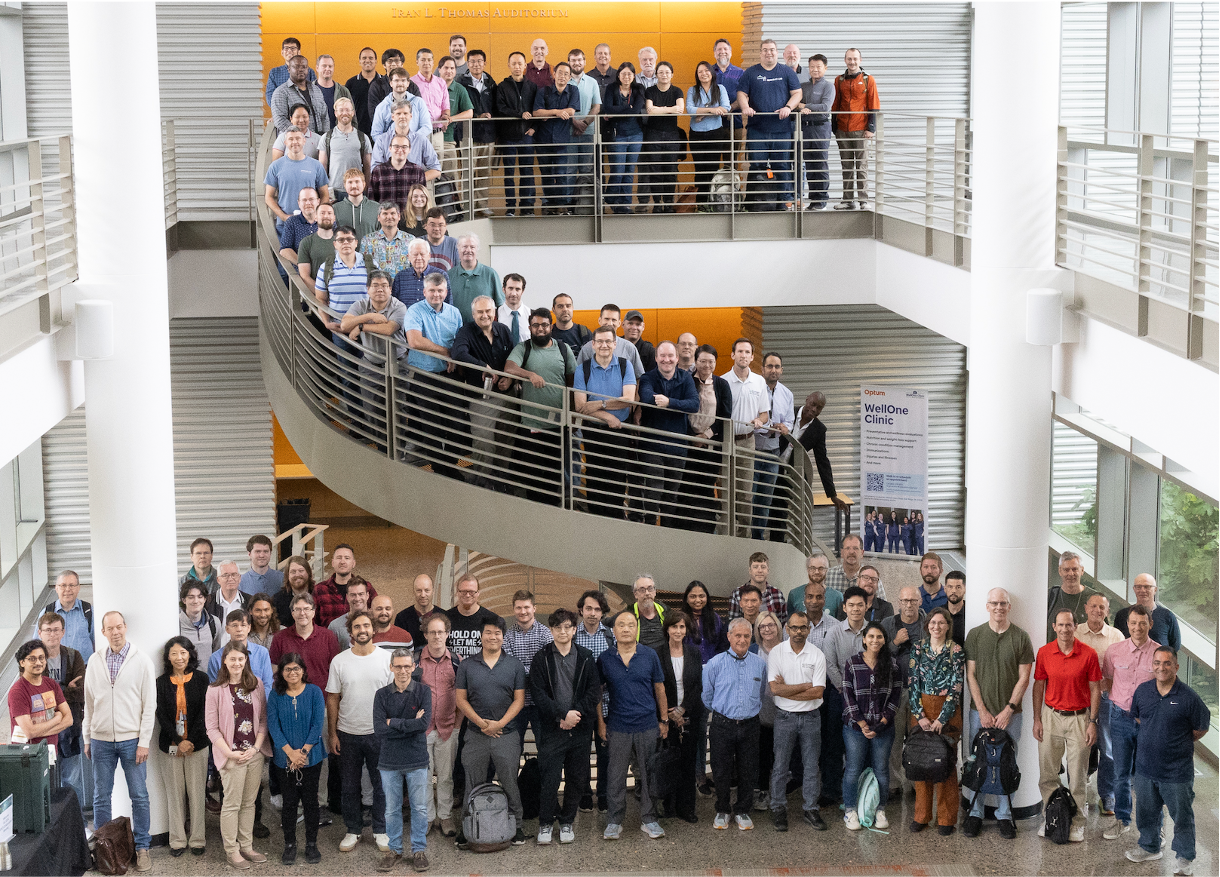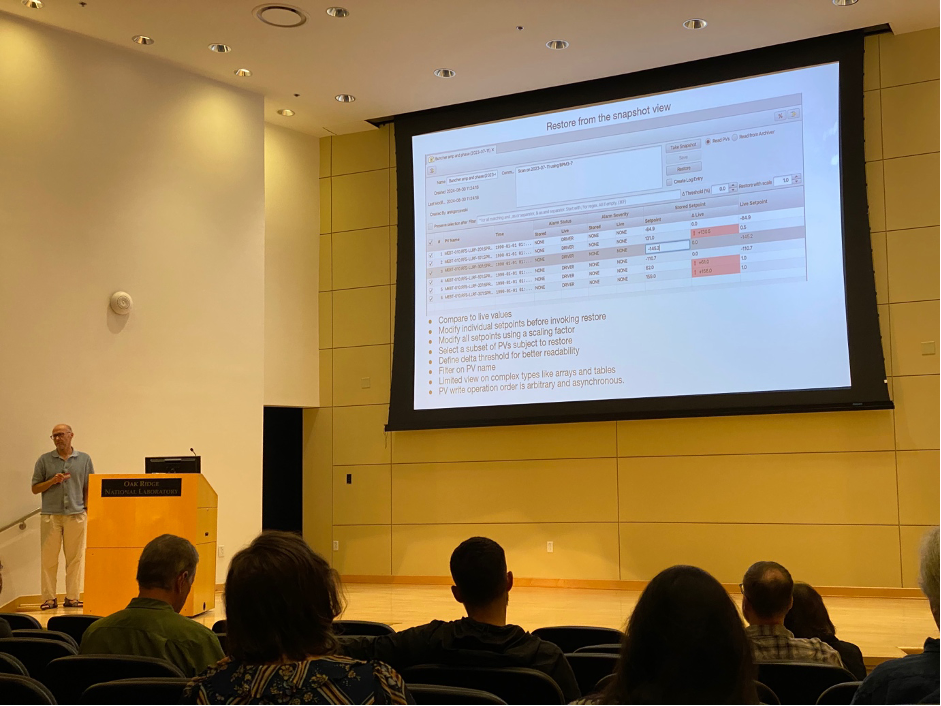
The 2024 EPICS Collaboration Meeting, hosted by Oak Ridge National Laboratory, gathered control systems experts from around the world. The event fostered learning and collaboration between facilities, exploring new developments in integration, cybersecurity, and container orchestration, with representatives from ESS's Integrated Control Systems division presenting their work.
The 2024 EPICS Collaboration Meeting took place in September 2024 at Oak Ridge National Laboratory (ORNL) in Oak Ridge, Tennessee. Around 150 participants attended, including several members from the Integrated Control Systems (ICS) division at ESS. The ESS team had the opportunity to showcase ongoing work, including demonstrations of the operation sequencer, the ESS EPICS environment, the archiver appliance, and the synchronous data service.
The Experimental Physics and Industrial Control System (EPICS) is a set of software tools and applications which provide a software infrastructure for use in building distributed control systems to operate devices such as Particle Accelerators, Large Experiments and major Telescopes. Such distributed control systems typically comprise tens or even hundreds of computers, networked together to allow communication between them and to provide control and feedback of the various parts of the device from a central control room, or even remotely over the internet.
The Integrated Control Systems (ICS) division at ESS is a major user of EPICS, which is a direct reflection of the large scope of ESS's operations. ICS is responsible for over 2,000 Input/Output Controllers (IOCs) and is working on projects that involve more than 5 million Process Variables (PVs). This makes the scale of ESS’s EPICS deployment significant, even among other major laboratories that range between 40,000 to 10 million PVs.
During the conference, ESS participants observed a variety of interesting developments presented by other facilities. These included strategies for upgrading legacy systems during operation using container orchestration technologies like Docker Swarm and Kubernetes, microTCA timing, Python integration, and the application of machine learning. A notable recent advancement highlighted was the integration of zero-trust cybersecurity into EPICS, a project funded by the US Department of Energy. Such developments open up opportunities for further learning, knowledge exchange, and potential collaboration between facilities.
ESS continues to be a key contributor within the EPICS control system landscape, playing a significant role in steering its development through council involvement. The presence and active participation of ESS in such meetings enable the organisation to leverage experiences and insights from other laboratories while also helping shape the future direction of EPICS.
An additional highlight of the event for the ESS team was a tour of the Spallation Neutron Source (SNS), a similar facility to ESS, currently in operation.



























